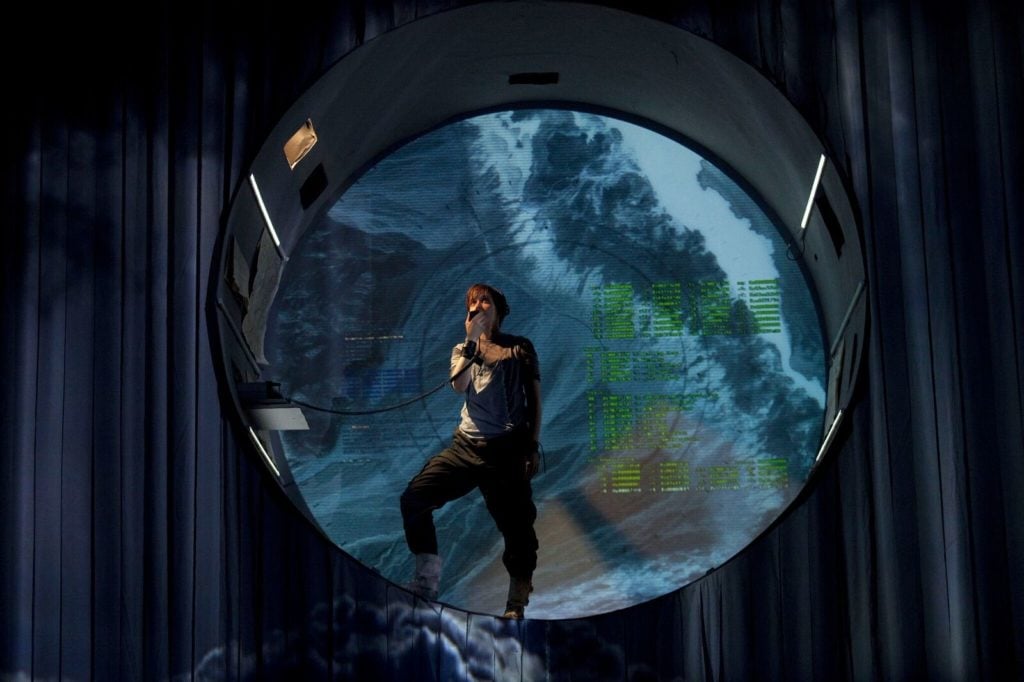
Photo: Karen Robinson
TSOTA’s Rich Jevons talks to sound artist Melanie Wilson about her new work Opera for an Unknown Woman.
How would you differentiate being a sound artist as opposed to musician, composer or music director?
A sound artist is someone who uses the perception of sound and the architectural spaces that sound makes. So essentially as a painter or a playwright would use different tools of paint or words a sound artist uses the narratives carried by sound. This is in a way that the audience is a participant in the way they experience the work. The sound artist and composer side of me go hand in hand because I create spaces and psychologies through architectures of sound. So it is about space and narrative.
How did the collaboration with Fuel come about?
When I was a very young artist just starting out I was a supported artist at BAC (Battersea Art Centre) Louise Blackwell and Kate McGrath (co-founders of Fuel) were producers there creating at that time. That is how I met them and they came to know my work and then they left BAC and set up Fuel and our paths crossed. Louise in particular is the rock really, the engine that really enables me to make work. She is completely instrumental in creating opportunities through conversations with progammers, raising funds and also she is an amazing soundboard, politically and creatively as well. So I really consider Louise part of the creative team and the foundation of how my work develops from its first concept to the finished product.
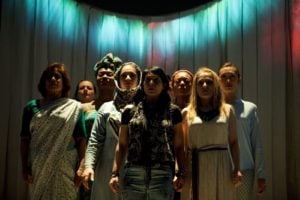
Photo: Karen Robinson
Can you explain the concept of eco-feminism?
The feminist background to this work is that feminism is not something that is only to do with women, it is really about a social change movement which men are completely involved in as well. This work really focuses on the female element of how we think about climate change and what women are doing across the world to reimagine or reform our social structures. So although it focuses very much on women it does absolutely it really does bring along with it the male voices and part of the equation.
It is a very joyful though quite hard-hitting but super-optimistic call to arms, for women to coalesce to empower themselves and to catch hold of the amazing industries that are already in progress across the world. It is about how women are taking power, challenging authority, and new ways of organising and thinking about social equality and climate change. For me, allying those two things is really symbiotic. We stand a much better chance of tackling climate change if our societies become increasingly equal.
Isn’t 300 years in the future a bit optimistic?
Yes, that strand of narrative in the opera is a pretty bleak one – it deals with the last woman left alive. The future walks alongside the present ensemble of women who are thinking, moving, rejoicing, lamenting and crucially formulating manifestoes and ideas on how to prevent that vision of the future.
We are not really sure whether this is a utopia or a dystopia are we?
It is a little bit of both. It starts out as a dystopian dream or warning but it is fulfilled into a utopian manifesto.
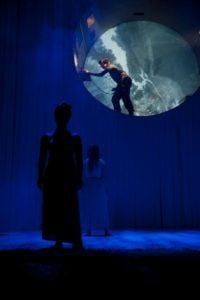
Photo: Karen Robinson
Are you interested in challenging the opera genre?
Both the content and the form of it does that with voices that range from operatic style to folk world music. There is also a link between classical and electronic sound. I am fascinated by music and challenging the boundaries of music and sound. I think it is going to be refreshing and ear-opening for people who do not have any idea about opera. The most important thing is the message really.
How much of the narrative is conveyed through sound?
The core of the work is understood through language both sung and spoken but there is a strong trajectory of sound that carries the audience through. I use a lot of surround sound as well so the audience do not only experience the sound coming from the stage in front of them but also the way it moves around and behind them. That is what I love about electronic sound is that you can really move sound around the audience.
Can you tell us about the last woman on earth?
This woman is called Aphra and she is a climate refugee so she has had to leave UK and travel through Europe to the high mountains of Germany. Along the way she has seen the breakdown of Paris, huge outbreaks of infectious diseases and flooding. Then she has finally come to a refuge in this abandoned weather station and it has ben ninie or ten years since she has seen another person. So she has become extremely isolated and is fighting all the time to keep her sanity, she is a true survivalist really.
What actions would you like to provoke with the piece?
The characters really think alongside the audience so there is absolutely no lecturing or superiority in any way. The women know as much as the audience do. It is not doom-mongering or making people feel guilty in any sense. I feel the same as everybody else does in being overwhelmed by the subject of climate change. But I feel really excited to be part of a generation that can do something about it. So I’d really like the audience to leave thinking, ‘Yes, we can do this!’ It does not have to be massive things. We have all got the ability to do tiny things. I want there to be a sense of energy, optimism and hope.
Opera for an Unknown Woman runs at Lawrence Batley Theatre, Huddersfield form 22 to 24 June 2016 as part of the Yorkshire Festival.
Filed under: Theatre & Dance
Tagged with: climate change, eco-feminism, Lawrence Batley Theatre, LBT, Melanie Wilson, Opera for an Unkown Woman, Rich Jevons, Yorkshire Festival
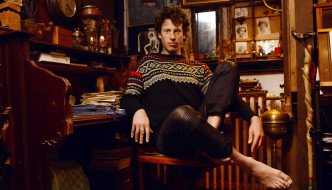
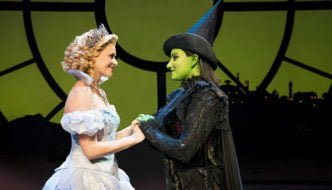
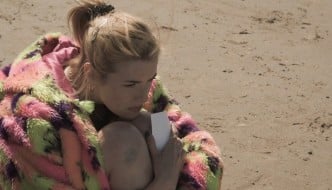
Comments